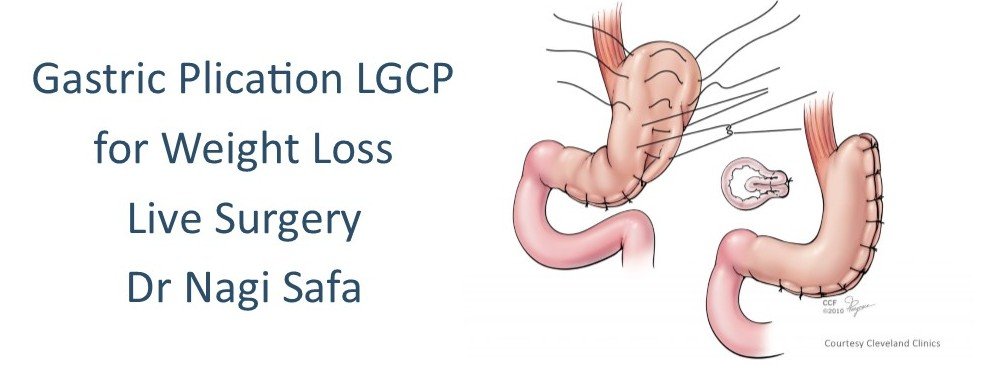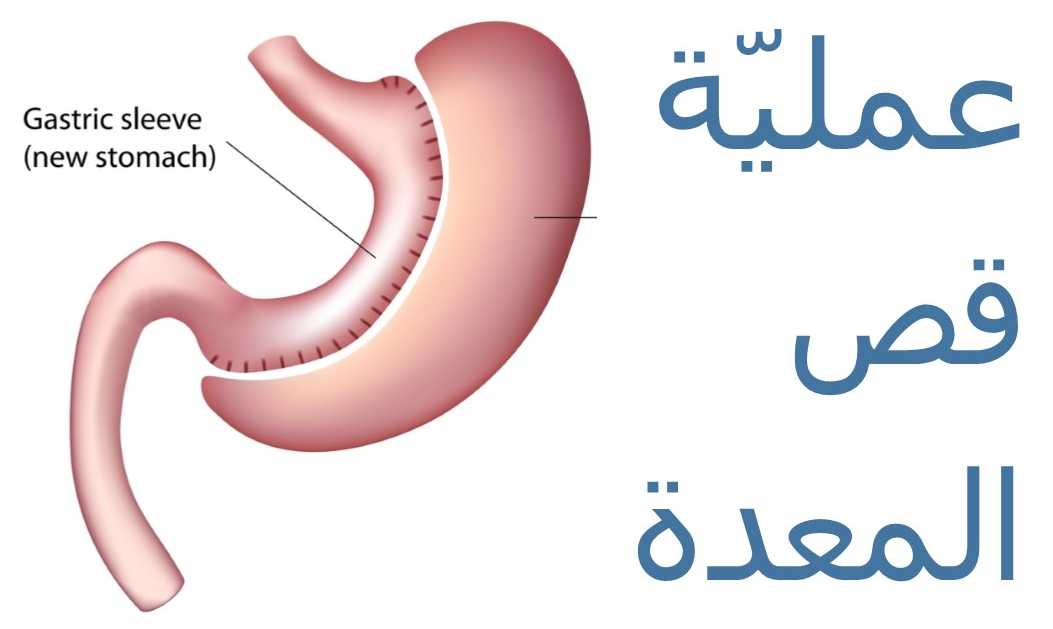Gastric Plication LGCP Surgery Lebanon 2014
LGCP is called Laparoscopic Greater Curvature Plication or Laparoscopic Gastric Plication. This procedure sews one or more folds in the stomach. During the procedure, Dr Safa will reduce the volume of your stomach about 70% so you eat less and hold less food in your stomach. You don’t have any stapling or cutting of the stomach or the intestinal area during the Gastric Plication procedure. This procedure may be converted to another one or revered if it is required. The entire procedure is simple, and will take about one hour to finish. A patient will stay in the hospital about 1-2 days after the procedure.
Are You a Candidate for the Laparoscopic Gastric Plication?
- You need to have a BMI or body mass index over 35 for this procedure
- You have a BMI over 35 and also have obesity related health issues, like obstructive sleep apnea, high blood pressure, osteoarthritis, and other conditions that are related to your weight.
- You have dieted under medical supervision, but have been unsuccessful obtaining a healthy body weight
- A person usually needs to pay for the procedure on their own as insurance doesn’t cover it
How is The Procedure Done?
In the abdomen there are five or six incisions made during this laparoscopic procedure. A laparoscope which is a video camera is used to perform the procedure. Instruments are placed in the incisions to perform the procedure. One or more folds of the stomach are sewed. The volume of the stomach is reduced bout 70% during the procedure so you eat less food and drop weight as a result. No staples or cutting of the stomach is done during the operation. A person will stay in the hospital about 1-2 days after the procedure is done and the work can converted or reversed it its required.
Why Does a Person lose Weight after Gastric Plication?
The procedure is designed to shrink the size of the stomach which results in the patient being unable to consume large volumes of food. The patient eats fewer calories, but still gets all the nutrients they need from food. A person will get full quickly and will feel full for several hours after they eat. A person will also have decreased appetite.
Risks from Laparoscopic Gastric Plication
- Infection, bleeding, and injury to other organs of the body may occur. These are common risks associated with the procedure
- A small risk of a leak in the suture line which is used in the fold of the stomach
- Major complications are rare and occur about 0.5% of the time
Benefits of Laparoscopic Gastric Plication?
- A patient can lose about 40-70% of their weight before the procedure was done in about one year after the surgery
- Obesity related health issues may improve after the surgery
- In about 75% of the cases hypertension, diabetes, high cholesterol levels, obstructive sleep apnea and other health problem s improve after the surgery
Longer-term studies are still needed, but patients do see improvement in many health problems because of their weight after this surgery is done.
Should I Get Gastric Plication?
You should talk to your doctor about Gastric Plication. If you have a high BMI, you may be a candidate for this procedure. If you have medical conditions caused by obesity that impact your quality of life, a Gastric Plication procedure may be able to help you. Talk with your doctor to determine the best option for you.


